Basket-of-references - Not A Bot
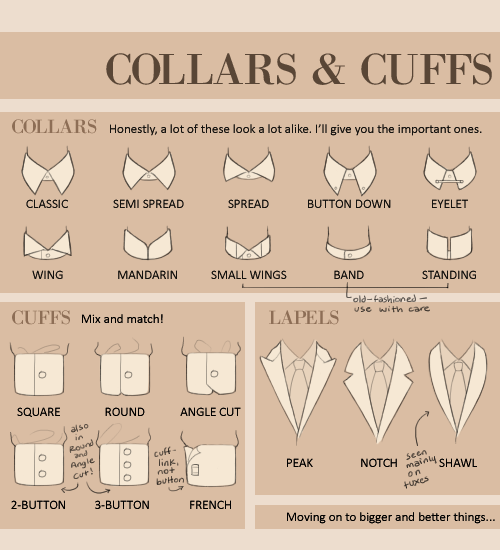
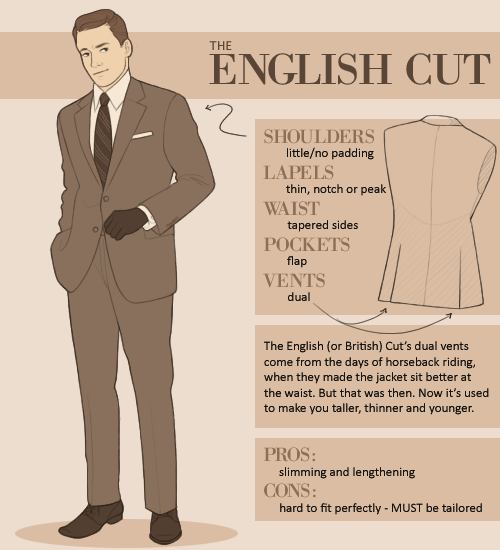
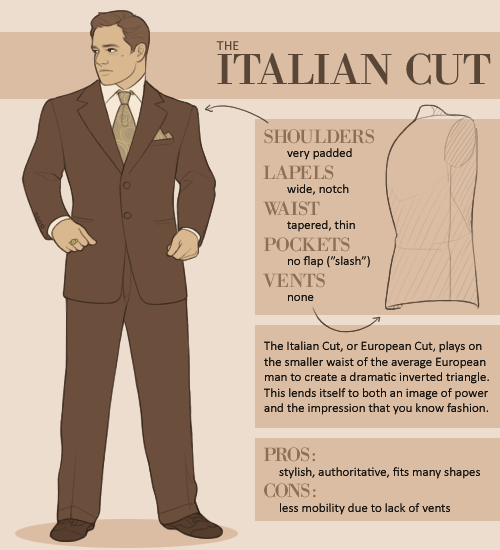
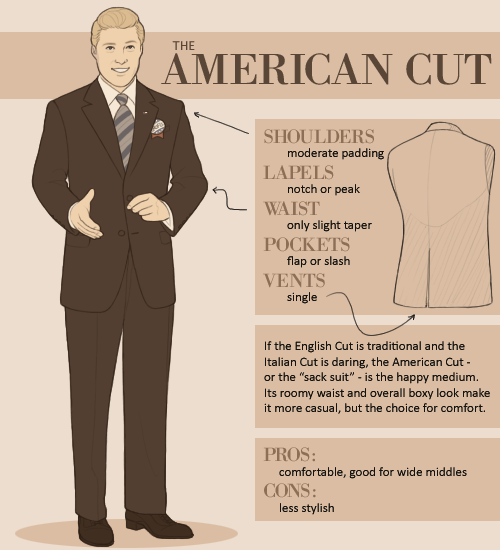
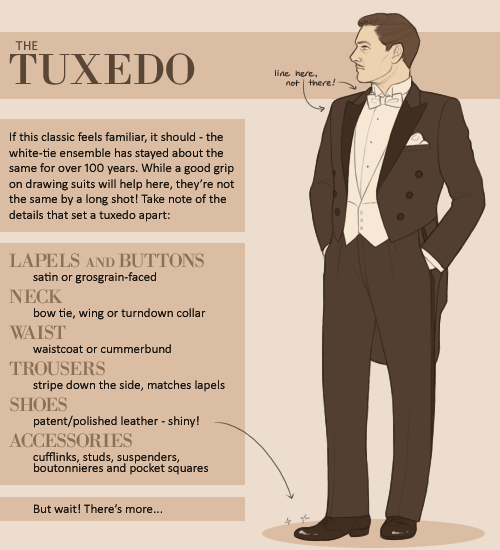
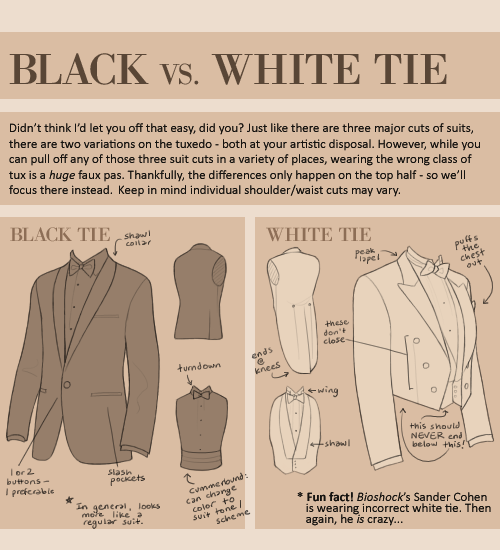
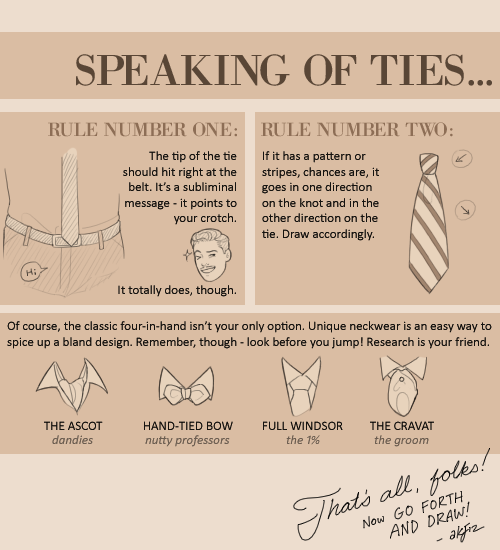
More Posts from Basket-of-references and Others






I find monthly art challenges exhausting, but also love a little structured kick in the ass, so for the past month and a half I've been setting weekly challenges for myself. First one: fill a sketchbook page a day with quick poses off Pose Maniacs.
It's a redux of my first figure drawing class exercise as a teen: get from the top of the head to the heel of the foot in the allotted time. All the poses above were 10-30 seconds. Never hurts to get back to basics every so often~
(Although, in that first class, the professor made us go outside and grab twigs that we had to dip in ink to draw with, so we wouldn't get precious about our line work. I'm not THAT ascetic this time around, lol.)
12 Red Herrings to Keep Your Readers Distracted
I’ve seen mystery/thriller authors use the same handful of red herrings too many times to count. So here are some (hopefully not as common) red herrings for your writing.
1. The Unreliable Narrator's Bias
Your narrator can play favourites and scheme and twist the way your readers interpret the story. Use this to your advantage! A character portrayed as untrustworthy can really be someone innocent the narrator framed, vice versa.
2. The Loyal Traitor
A character with a history of betrayal or questionable loyalty is an obvious suspect. They did it once, they could do it again, right? Wrong! They’ve actually changed and the real traitor is someone you trusted.
3. The Conflicted Expert
An expert—like a detective, scientist, or historian—analyses a piece of evidence. They’re ultimately wrong, either due to bias, missing data, or pressure to provide quick answers.
4. The Overly Competent Ally
You know that one sidekick or ally who’s somehow always ahead of the curve? They’re just really knowledgeable, your characters know this, but it makes it hard to trust them. Perfection is suspicious! But in this case, they’re actually just perfect.
5. The Misleading Emotional Clue
Maybe one of your characters is seen crying, angry, or suspiciously happy after xyz event. Characters suspect them, but turns out they’re just having a personal issue. (People have lives outside of yours MC smh). Or it could be a cover-up.
6. A Misleading Alibi
At first this character’s alibi seems perfect but once the protag digs into it, it has a major hole/lie. Maybe they were in a different location or the person they claimed to be with was out of town.
7. The Odd Pattern
Have a seemingly significant pattern—symbols left at crime scenes, items stolen in a specific order, crimes on specific dates. Then make it deliberately planted to mislead.
8. The Misinterpreted Relationship
A character was secretly close to a victim/suspect, making them a suspect. Turns out they were hiding a completely unrelated secret; an affair, hidden family connection, etc.
9. A Forgotten Grudge
Create a grudge or past feud and use it to cast suspicion on an innocent character. Introducing an aspect of their past also helps flesh out their character and dynamics as a group + plant distrust.
10. The Faked Death
Luke Castellan, need I say more (I will)? A supposedly innocent character dies, but turns out they faked it and were never a victim in the first place. They just needed to be out of the picture.
11. The Mistaken Eavesdropper
A character overhears a threat, argument, etc. They suspect B based on this convo, but turns out they just came to a false conclusion. (Or did they?)
12. The Forgetful Alibi
Someone confesses to hearing/seeing a clue, but turns out they were mistaken. Maybe they thought they heard a certain ringtone, or saw xyz which C always wears, but their memory was faulty or influenced by stress.
Looking For More Writing Tips And Tricks?
Check out the rest of Quillology with Haya; a blog dedicated to writing and publishing tips for authors!
Instagram Tiktok

Well it being black history month is reminding me how I wanted to doodle something like this down for a while. Since it’s been a lil detail I always take notice of in drawings. These are very simple depictions but I hope it’s enough to give the general idea! Feel free to reblog
Attention anyone who needs hairstyle references
I want to introduce all of you to this amazing place called the ukhairdressers style gallery.
It’s basically a massive database full of high-quality images of different hairstyles. I mean, look at all the options in that sidebar (and part of it’s cut off):

In total they have 976 pages of hairstyles with about 17 styles each, that’s about 16592 hairstyles to look at.
Look at all the stuff they’ve got! Long hair:

Short hair:

Straight hair:

Curly hair:

Afro hair:

Men’s hair:

Hair on older models:

Extra-fancy hair:

Even crazy avant-garde hair:

So if you need help with designing a character or you just want to practice drawing hair, this is a fantastic resource.


Made this lil thing to celebrate hitting 1500 followers on twitter.
hehe
monkey brain like round number
so a lot of artists talk abt same face syndrome and like yeah practice diverse faces but nobody talks about same body syndrome nearly as much like…if all you can draw are twiggy skinny boys with no variation other then height and only draw hourglass girls with big boobs then like…you’re not a great artist and you really need to practice other body types because when i see a line up of characters that are all twinks and hourglass figure girls and theres no fat characters theres no muscular characters theres nothing but just skinny twiggy boys and girls with wide hips and big boobs then its like wheres the flavor wheres the variation not everyone looks like that and if anyone bitches and whines about “ohhh its hard to draw fat people” “ohhh its hard to draw big strong burly men” “oh its hard to draw a fat strong woman” “its hard drawing a muscular girl!” then fucking practice. you arnt going to learn to draw these body types if all you draw are skinny boys and hourglass girls and you’ll never improve and i dont feel any sympathy for you
received a few asks about how i draw tf characters and so finally i sat down and started scratching out some notes :))
i'll add more later on if more people are interested and when i have some time,, but i hope these are somewhat informative ?? of at least my own thought processes when it comes to drawing the robot guys





So you might be saying: Lion why a guide on drawing black people? Well young blood it’s because a lot of people cant…seem…to draw…black people..Amazing I know.

Racist (caricatures) portrayals of black people have been around forever, and to this day people can’t seem to draw black people like they are human. If your artwork resembles any of the above even remotely your artwork is racist and offensive. If you try to excuse that as a stylistic choice you’re not only a terrible artist, but racist too!!! Congrats.

Whitewashing is also a problem. A lot of people refuse to draw black features on canonly black characters. While this example isn’t colored, lightening the skin-tone of a character is also considered whitewashing. So lets start with features!

Now all black people have different noses thats a no-brainer, but black noses tend to have flatter bridges, and wider nostrils. Please stay from triangular anime noses and small button noses. Your drawings should not depict black people with abnormally large noses. (Especially if you do not draw other characters this way)

If you feel like the way you draw lips on black characters is offensive or resembles a caricature,it probably does and you should change it. ABSOLUTELY AVOID PLACING LIPS AT THE BOTTOM OF THE FACE.

Hair is so diverse! Please get used to drawing braids, locs,kinks and coils! If you can learn to draw ringlets and long waves you can learn how to draw black hairstyles.

Add clips! Learn how to draw baby-hairs and never be afraid to add color Pinterest and Google are free my dudes! Also try using square brushes for blocking in coils.
OK THAT’S ALL YOU GUYS

Art Help

I redid this list because broken links 💀
General Tips
Stretch your fingers and hands
Art is for fun
Never too late to start/improve
Using a tablet
Editing software: pictures & video
Moodboard resources
Comic pacing
Watercolor
Coloring
Color Theory (not children's hospital)
Resources: coloring things a different color
Gold
Dark Skin undertones
Dark Skin in pastel art
POC Blush tones
Eyes colors
Human Anatomy
POSE REFERENCES
Wizard Battle poses
Shoulders
Tips for practicing anatomy
Proportional Limbs
Skeletons
Hair Directions
Afro, 4C hair
Clothing
Long skirts
Traditional Chinese Hanfu (clothing reference)
CLOTHING REFERENCE
Sewing information
Animals
Horse -> Dragon
Snouts: dogs, cats, wolves, fox
Foot, paw, hoof
More
Drawing references sources
Art tutorial Masterlist
Another art tutorial Masterlist
Inspiration: father recreates son's art
Inspiration: Lights
ART BOOKS
Plants/flowers: North America, Hawaii, Patagonia
-
 flamingphoenixfox reblogged this · 1 month ago
flamingphoenixfox reblogged this · 1 month ago -
 jeidai reblogged this · 1 month ago
jeidai reblogged this · 1 month ago -
 a-black-sedan liked this · 1 month ago
a-black-sedan liked this · 1 month ago -
 hogsbane liked this · 1 month ago
hogsbane liked this · 1 month ago -
 drowsysloth liked this · 1 month ago
drowsysloth liked this · 1 month ago -
 persimmonstastehm liked this · 1 month ago
persimmonstastehm liked this · 1 month ago -
 speedo-obsessed liked this · 1 month ago
speedo-obsessed liked this · 1 month ago -
 froy-jpg liked this · 1 month ago
froy-jpg liked this · 1 month ago -
 maycit0 liked this · 1 month ago
maycit0 liked this · 1 month ago -
 leontos-sux liked this · 2 months ago
leontos-sux liked this · 2 months ago -
 starredhalo liked this · 2 months ago
starredhalo liked this · 2 months ago -
 indefenseofkara reblogged this · 2 months ago
indefenseofkara reblogged this · 2 months ago -
 silvaria liked this · 2 months ago
silvaria liked this · 2 months ago -
 monsterbroth liked this · 2 months ago
monsterbroth liked this · 2 months ago -
 megaxard reblogged this · 2 months ago
megaxard reblogged this · 2 months ago -
 flowers6437 reblogged this · 2 months ago
flowers6437 reblogged this · 2 months ago -
 flowers6437 liked this · 2 months ago
flowers6437 liked this · 2 months ago -
 kc-le-writer liked this · 2 months ago
kc-le-writer liked this · 2 months ago -
 man-i-love-cows liked this · 2 months ago
man-i-love-cows liked this · 2 months ago -
 fablednest liked this · 2 months ago
fablednest liked this · 2 months ago -
 felix-01000101 liked this · 2 months ago
felix-01000101 liked this · 2 months ago -
 qu33rcommunist liked this · 2 months ago
qu33rcommunist liked this · 2 months ago -
 ladymoonkeeper liked this · 2 months ago
ladymoonkeeper liked this · 2 months ago -
 tart--ish reblogged this · 2 months ago
tart--ish reblogged this · 2 months ago -
 tart--ish liked this · 2 months ago
tart--ish liked this · 2 months ago -
 gabrielleincursive reblogged this · 2 months ago
gabrielleincursive reblogged this · 2 months ago -
 ivegotspursthatjinglejanglejingl liked this · 2 months ago
ivegotspursthatjinglejanglejingl liked this · 2 months ago -
 seduceme-lovestruck-thearcana liked this · 2 months ago
seduceme-lovestruck-thearcana liked this · 2 months ago -
 fanfictionconsumer reblogged this · 2 months ago
fanfictionconsumer reblogged this · 2 months ago -
 iofa21 reblogged this · 2 months ago
iofa21 reblogged this · 2 months ago -
 sarcosmiiic liked this · 2 months ago
sarcosmiiic liked this · 2 months ago -
 the-secondborn-of-seven liked this · 2 months ago
the-secondborn-of-seven liked this · 2 months ago -
 itrymyworst reblogged this · 2 months ago
itrymyworst reblogged this · 2 months ago -
 my-bonus reblogged this · 2 months ago
my-bonus reblogged this · 2 months ago -
 nightmoth35 liked this · 2 months ago
nightmoth35 liked this · 2 months ago -
 brutus-isnt-avalible reblogged this · 2 months ago
brutus-isnt-avalible reblogged this · 2 months ago -
 nyxfaesarthelparchive reblogged this · 2 months ago
nyxfaesarthelparchive reblogged this · 2 months ago -
 alfredyankovic reblogged this · 2 months ago
alfredyankovic reblogged this · 2 months ago -
 indelible-waltz reblogged this · 2 months ago
indelible-waltz reblogged this · 2 months ago -
 hi-dry-gone reblogged this · 2 months ago
hi-dry-gone reblogged this · 2 months ago -
 hi-dry-gone liked this · 2 months ago
hi-dry-gone liked this · 2 months ago -
 friendly-disreputable-dog reblogged this · 2 months ago
friendly-disreputable-dog reblogged this · 2 months ago -
 friendly-disreputable-dog liked this · 2 months ago
friendly-disreputable-dog liked this · 2 months ago -
 wafflesandbrownies reblogged this · 2 months ago
wafflesandbrownies reblogged this · 2 months ago -
 srouby-a-matice liked this · 2 months ago
srouby-a-matice liked this · 2 months ago -
 meeelosh reblogged this · 2 months ago
meeelosh reblogged this · 2 months ago -
 starbornamanda liked this · 2 months ago
starbornamanda liked this · 2 months ago -
 petrichorandarson reblogged this · 2 months ago
petrichorandarson reblogged this · 2 months ago






